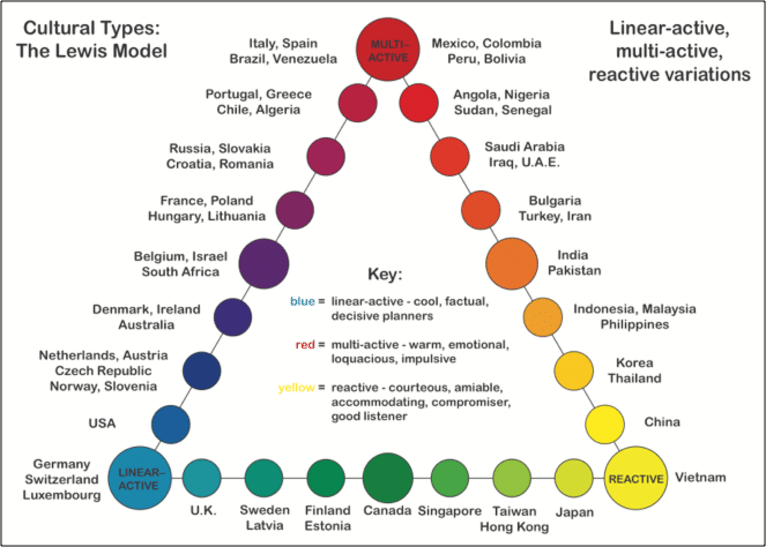Working in an international office has many advantages. In no other work environment will you find such a high concentration of different perspectives and opinions, innovative approaches to business, and office etiquette and customs. But what at first glance may seem like a great advantage, can from time to time prove quite challenging.
Working as part of a multicultural team can be a tough nut to crack when each culture represented within the company may have an entirely different approach to timekeeping and collaboration or the pace of daily work.
PARTNER ARTICLE
Perhaps you’re part of a remote global team with colleagues from time zones around the world or work in a multi-lingual office where even the simplest word or gesture can be lost in translation.

Luckily, most multi-national companies have employee manuals that make important policies clear, however, those guidelines may not teach you that your Japanese colleague won’t appreciate you loudly blowing your nose in his presence or that your Czech office manager may refuse to turn on the A/C during the boiling summer months.
The best rule of thumb? Get to know each other and proceed with caution. These tips will help you do so with professionalism and ease.
Respect the culture stew — and don’t stir the pot!
British linguist Richard D. Lewis categorized all cultures into three categories giving us some insight into different cultural types. Of course, nothing is black and white and it must be said that many of us have a combination of one or more of these traits. Still, Lewis is a good starting point in an effort to sidestep conflict.

-
Linear-active workers
They are often impatient, quiet, great planners and organizers who are results-oriented. They need fixed working hours and protect their privacy. Lewis puts Czechs in this category as well as Germans, Swiss, Dutch, and Norwegians. -
Multi-active workers
You can spot them from a distance. They are eloquent, emotional, extroverted relationship builders who do more than one thing at a time and have no time for any of them. Such are the Italians, Spaniards, Brazilians, Mexicans, Bolivians, and Greeks. -
Reactive workers
On the contrary, you may not notice them. They are introverted, polite, and unflappable. Among them, according to Lewis, are Japanese, Vietnamese, Chinese, or Korean cultures.
What are some other ways to ensure we don’t engage in culture wars at work from both management and employee sides? These tips address the multitude of challenges present in the multicultural office environment and how to navigate them successfully:
10 tips for working better with international colleagues

- Have regular team buildings — From a managerial standpoint these can be great icebreakers and bring culture conflict out into the open in a fun way.
- Always check for understanding — Especially when cultural and language differences are in play (and words such as “rush” or “priority” may have different meanings).
- Get it in writing — If you’re still concerned that a co-worker may not understand, ask them to follow up in writing just in case to avoid misunderstandings later.
- Build-in extra time for communications — You may even need to spend substantially more time on written communications.
- Avoid yes or no questions — In some cultures nodding is a negative response while shaking your head is actually a confirmation. Best to ask open-ended questions instead.

- Go easy on slang — Colloquialisms, slang, or abbreviations in written and spoken office communications can confuse non-native speakers of English.
- Give the benefit of the doubt — Chances are that your co-workers may have had good intentions; open-mindedness is key.
- Use a fairly formal tone — With many cultures preferring a formal business communication style, it’s always good to err on the side of caution. Adjust as you get to know your colleague’s work style.
- Organize frequent international parties — Such social events encourage the sharing of social customs and traditions in a more casual setting.
- Always treat colleagues with respect — Not only will you demonstrate that you respect the person, but you’ll also avoid embarrassing workplace faux pas.
Alena Mikulíková contributed to this article.












 Reading time: 3 minutes
Reading time: 3 minutes 



























